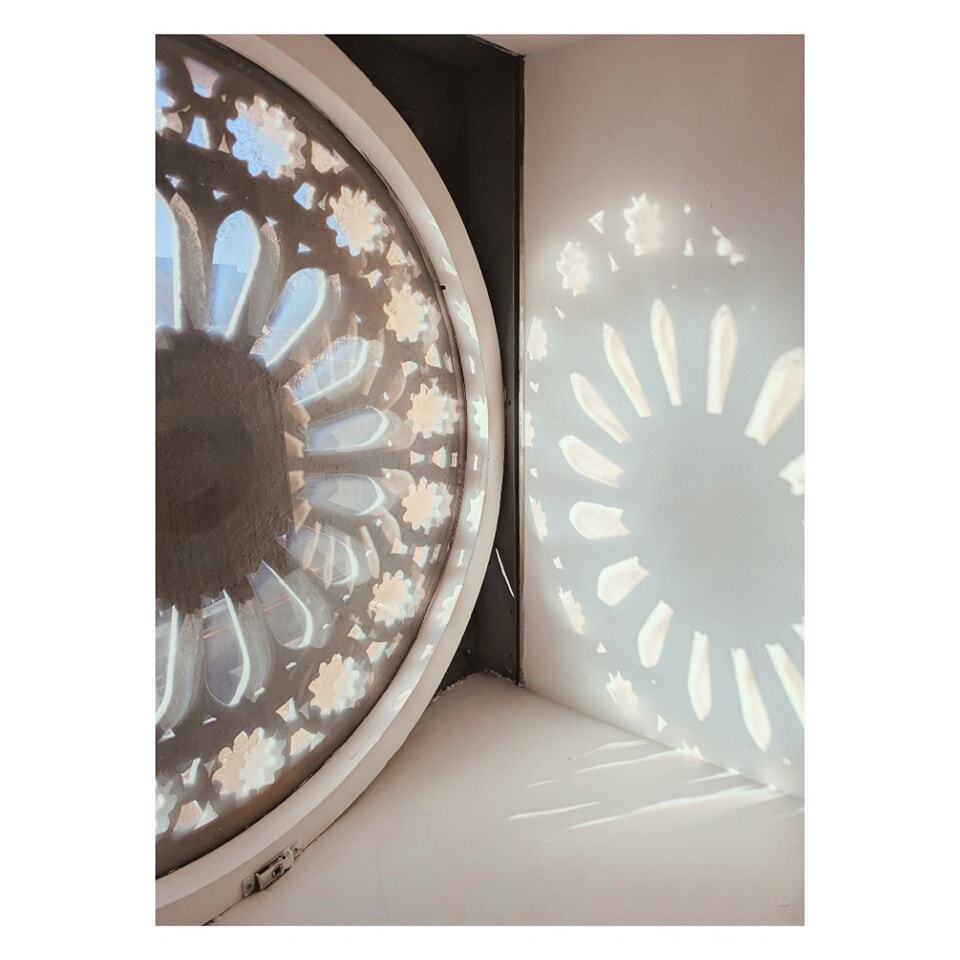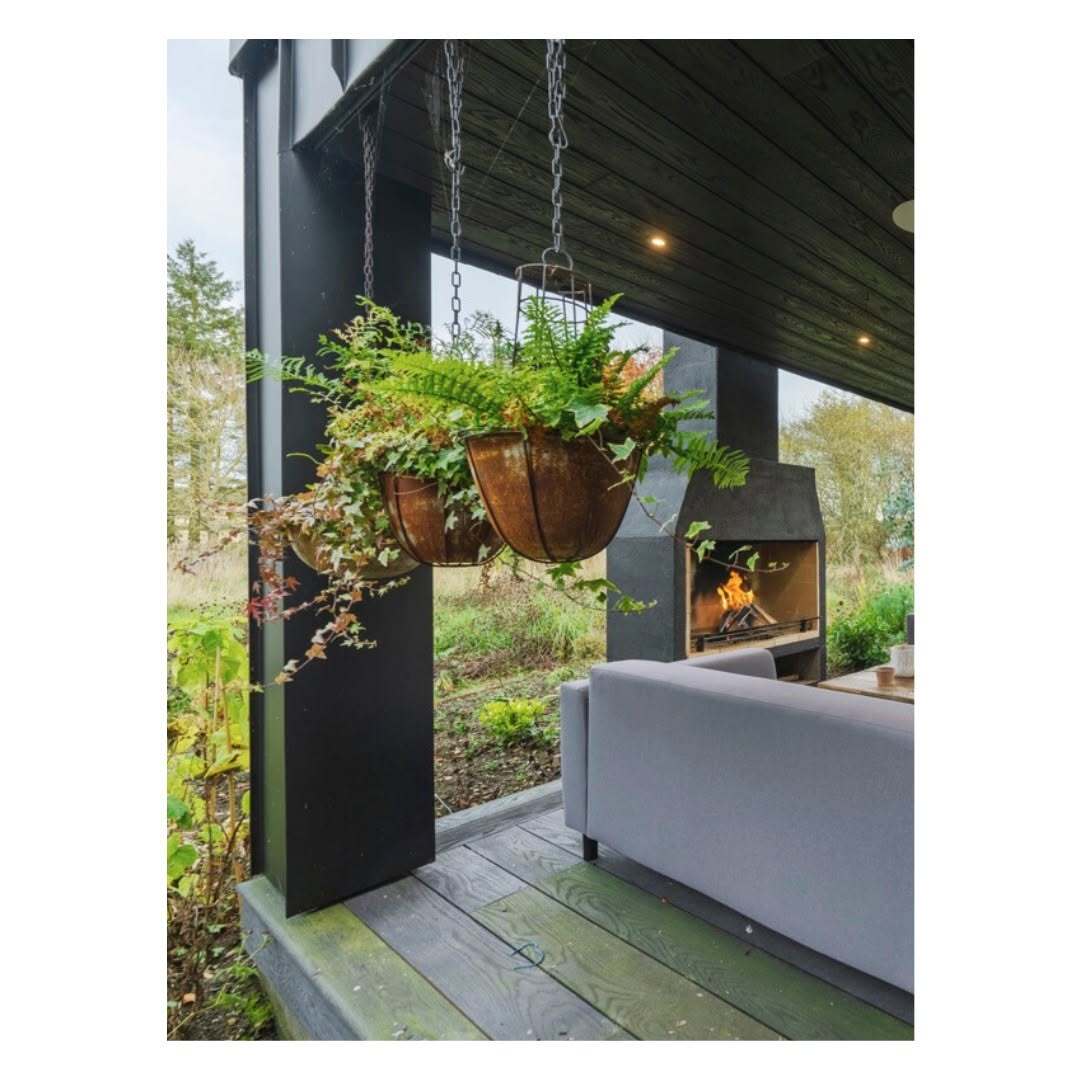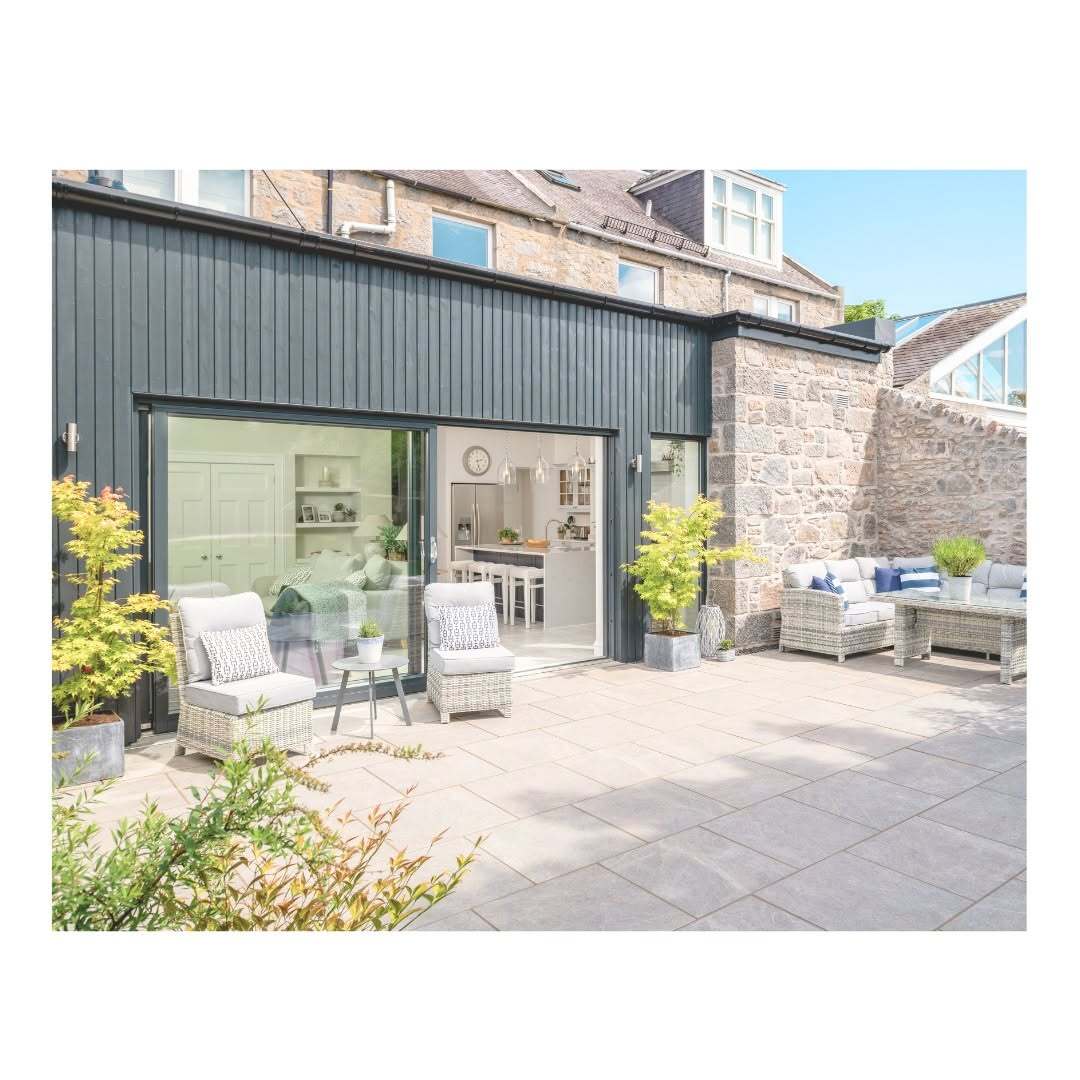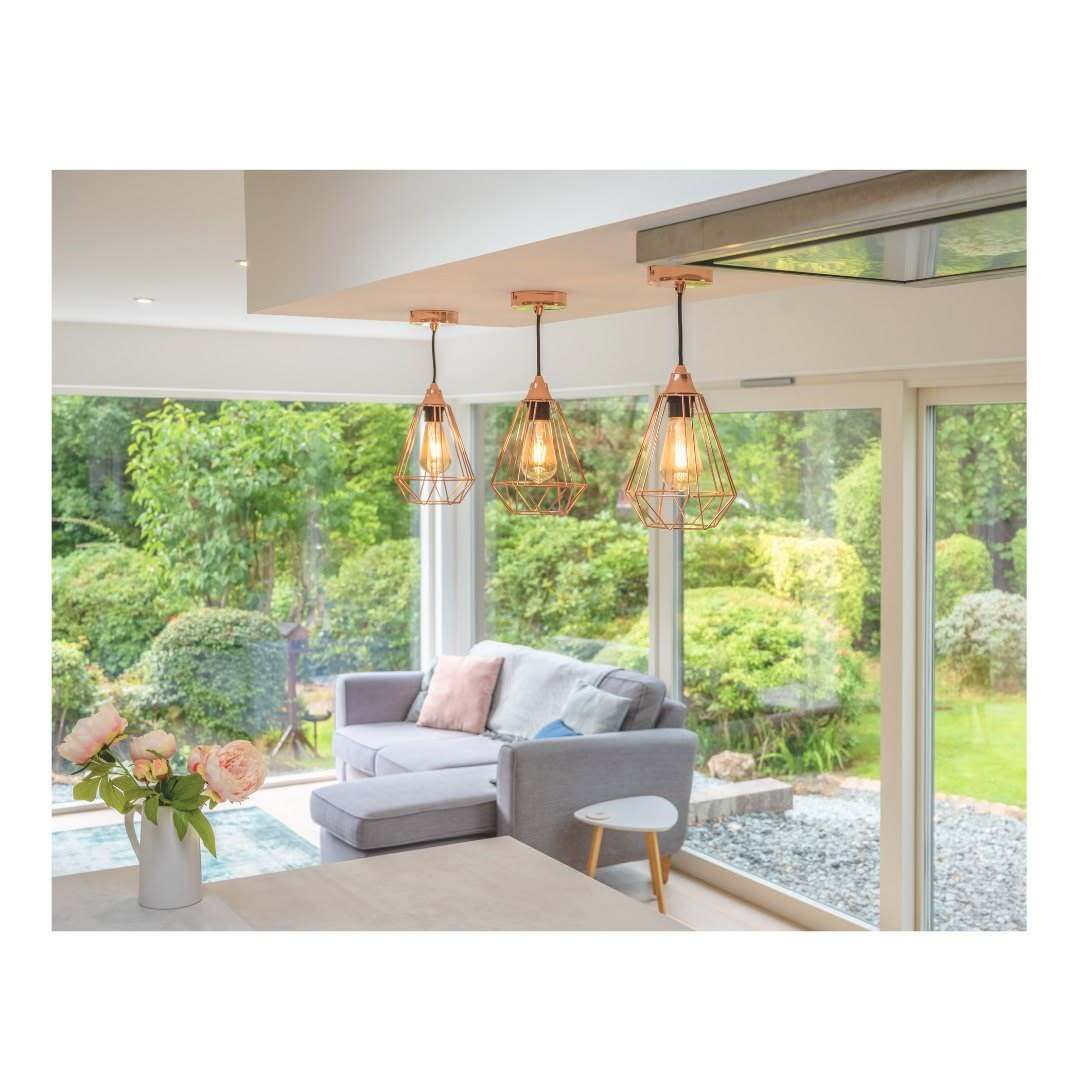Timber cladding: inspiration and benefits
Here at Tinto, we have incorporated timber cladding into a variety of our projects over the years - for both commercial and residential spaces. This beautiful material can completely transform buildings, but it also has a range of hidden benefits that make it a go-to choice for architects and designers across the world.
In this blog post, we take a closer look at the key advantages of using timber cladding, and creative ways to use it to give you inspiration for your next project…
Natural beauty
The most striking benefit of using timber cladding is that the final result is very aesthetically pleasing. The use of timber in the architectural structure of a space creates a warm and inviting atmosphere, which instantly elevates its appearance.
For our residential project at Inchmarlo, timber cladding was used to breathe a new life into the aged and tired chip stone harling building. This fresh timber exterior modernised the property and created a seamless connection between the home and its stunning rural environment.
Another great example is the CLAN Sensory Garden. We used timber as a soft, warm and tactile material to create a peaceful environment, with the timber displayed in creative shapes and arrangements. Applying the timber in this way allowed us to form a visually appealing space that felt tranquil and calming.
Multitude of applications
In addition to horizontal or vertical arrangements, There are many other more complex methods that can be used which will change and enhance the appearance of timber cladding. The arrangement of the lap between boards, i.e. how they meet, can be the difference between a project looking like a shed and a piece of art.
Arranging the boards in a grid formation can create a deliberate and organised structure, or you can opt for a more randomised and rustic look. Lengths and sizes of boards vary frequently and a less common but striking timber cladding choice is shingles - small timber boards which give a unique finish to the exterior of a building.
Our Pine Tree Way project used two rows of overlapping boards to create a deeper and textured façade, whilst leaving spaces between boards to create shadow gaps. This method of applying the timber created a unique look with a beautiful contemporary finish.
Other considerations are how you want to fix the timber; whether you want the fixing to a visible feature or a more subtle look. Using stainless steel nails, for example, will avoid any rusting or staining to the wood. It’s also important to think carefully about detailing around windows, doors or other parts of a wall that may impact how the timber is installed.
Interior application
Our creative designers at Tinto use timber cladding frequently within interior projects in places you may not expect. Using internal timber wall coverings, you can use bespoke joinery to create statement walls and, in the case of our project for Jan De Vries, pull brand integration into the very bones of the design through material choice.
Even the Tinto office has incorporated a rustic timber clad wall finish to our meeting room. The timber flows seamlessly from the floor, creating a feature wall that sparks inspiration and is a talking point with our clients.
Practical and cost effective
Finally, using timber as a cladding material offers many practical advantages - both during the building process and after it has been installed. It is strong and durable, with incredible thermal and sound insulation properties, but it is also lightweight to work with compared to other materials.
Its ease of use makes timber cladding quick to install, and because there is no need for any heavy masonry on the outer walls, it reduces the size and cost of the building’s foundations. With so many varieties of timber, including softwoods, hardwoods and modified woods, it is a suitable material for any budget, and for both protective and decorative purposes.
Environmentally friendly
As the world is becoming more conscious of the damaging effects of CO2 emissions and global warming, choosing timber is even more advantageous due to its environmental benefits.
As timber absorbs CO2 from the environment from the environment, it reduces the amount of emissions in the atmosphere and therefore limits the amount of damage this has on our planet. Timber is also the most energy efficient material to produce compared to other raw materials, which makes it a highly environmentally friendly solution.
If you’d like to learn how timber cladding could be used in your project, please don’t hesitate to get in touch with the Tinto team.







